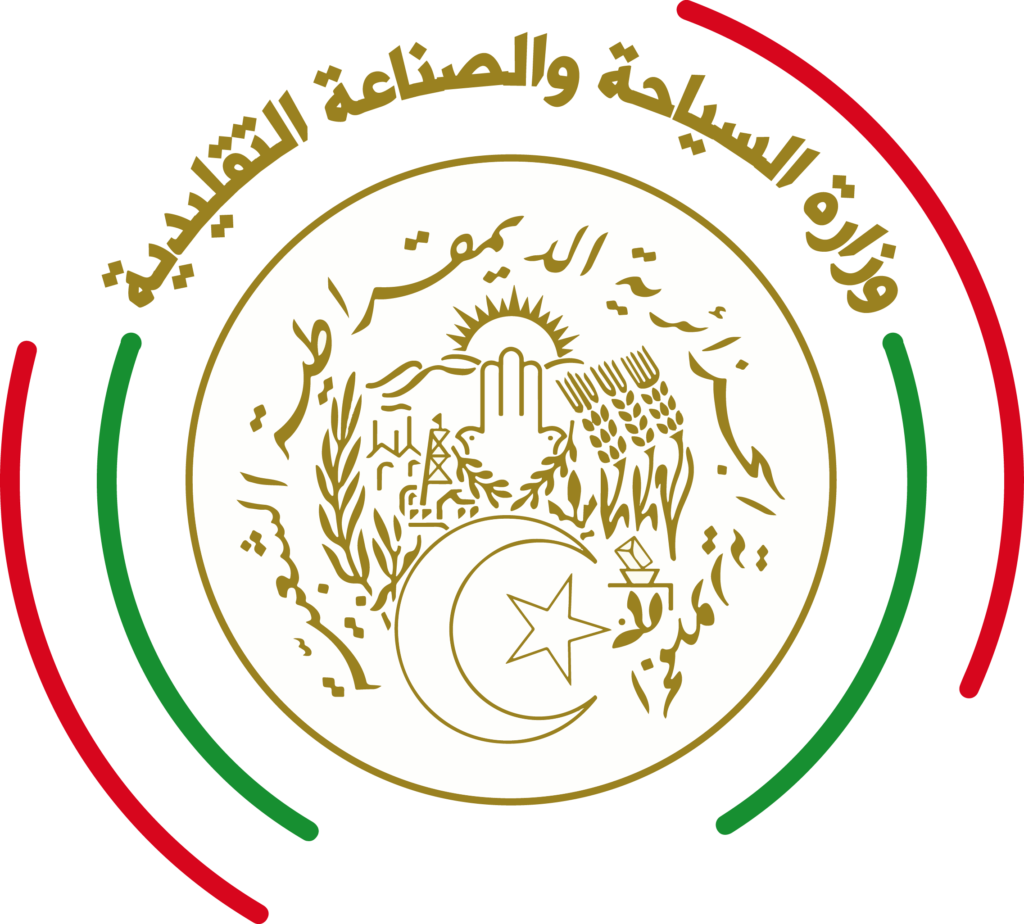Pottery and Ceramics:
The manufacture of utensils for cooking and tableware is one of the oldest crafts practiced in Algeria. Clay is extracted from wadis, carefully kneaded until a homogeneous paste is obtained, and then shaped by hand to create the desired pieces. The objects are then decorated and fired in high-temperature ovens to give them the necessary strength. Finally, they are colored with natural pigments to give them a pleasant aesthetic and make them ready for use.
Jewelry and Ornaments:
Some regions of Algeria are particularly distinguished by their know-how in jewelry and ornaments. Among the most renowned are Constantine, the Aurès and the Hoggar. Auressian jewelry, made of solid silver, is characterized by its absence of colors, unlike Kabyle jewelry which is distinguished by its bright colors and the incorporation of colored glass pieces into silver creations.
Algerian Rugs:
Algerian rugs, from a rich and diverse ancestral tradition, are an integral part of the country’s cultural identity. Their manufacture, practiced in all regions of Algeria, is closely linked to sheep, goat and camel breeding, sources of the wool used in their making.
Each region of Algeria has its own specific motifs and symbols, reflecting its history, environment and unique identity. There are two main types of weaving: flat weaving and knotted weaving.
The rugs of the High Plateaus, called “Zrabi El Houdh”, are characterized by their simplicity and functionality. Woven flat from raw wool, they are generally used as blankets, floor mats or curtains in nomadic dwellings. The Djebel Amour region is particularly renowned for the making of these rugs.
Knotted rugs, known for their finesse and complexity, represent an ancestral art passed down from generation to generation. They bear elaborate geometric and symbolic patterns, often inspired by nature, everyday life and popular beliefs. These rugs are generally intended for decoration and constitute precious pieces in Algerian homes.
Several Algerian cities are distinguished by their exceptional know-how in rug weaving. Among the most famous are Constantine, Tlemcen, Algiers and Ghardaïa. Each city has its own style and techniques, contributing to the richness and diversity of Algerian tapestry.
Traditional Algerian craftsmanship, rich and diverse, represents a precious heritage that reflects the ingenuity, creativity and ancestral know-how of the Algerian people. These traditions, passed down from generation to generation, constitute an essential element of the country’s cultural identity and continue to play an important role in the daily life of many communities.


